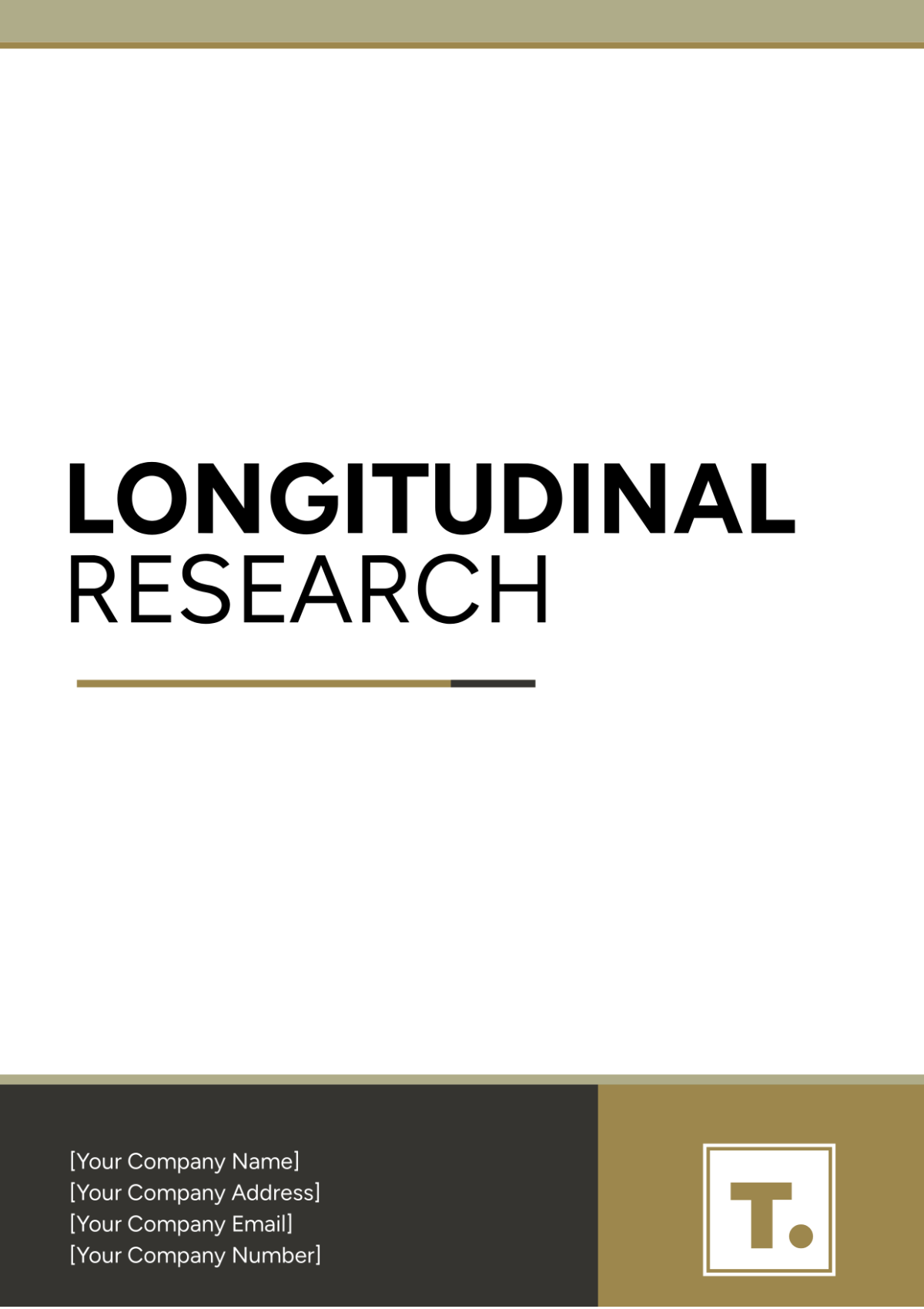Predictive Analytics Research Process
Prepared by: [Your Name]
Date: [Date]
1. Introduction
Predictive analytics leverages historical data and advanced statistical algorithms to forecast future trends and behaviors. As businesses and organizations increasingly rely on data-driven decision-making, understanding and implementing predictive analytics becomes crucial. This research outlines the structured process for applying predictive analytics to solve complex problems and enhance strategic planning.
2. Research Objectives
Understanding Concepts: Explore fundamental concepts of predictive analytics, including statistical methods, machine learning algorithms, and data processing techniques.
Modeling Techniques: Identify and apply appropriate predictive modeling techniques suited for various types of data and research objectives.
Model Evaluation: Assess the accuracy and effectiveness of predictive models to ensure reliable predictions and actionable insights.
3. Data Collection
3.1. Sources of Data
Historical Data: Access comprehensive datasets from past sales records, customer interactions, and market trends.
Internal Sources: Utilize data from internal systems, such as CRM platforms, transaction logs, and operational databases.
External Sources: Incorporate data from public sources, industry reports, and social media to enrich the analysis.
3.2. Data Preparation
Data Cleaning: Address missing values by imputation techniques, handle outliers through statistical methods, and correct inconsistencies using data validation rules.
Data Transformation: Normalize numerical data, encode categorical variables, and perform feature extraction to enhance model performance.
4. Predictive Modeling
4.1. Selecting the Model
Regression Analysis: Apply linear regression to predict continuous outcomes, such as sales revenue or customer lifetime value.
Classification Algorithms: Use logistic regression or decision trees to classify data, such as customer churn or fraud detection.
Time-Series Forecasting: Implement ARIMA or exponential smoothing methods to predict future values based on historical time-series data.
4.2. Model Training and Validation
Data Splitting: Divide data into training (70%) and testing (30%) sets to evaluate model performance.
Training Techniques: Utilize algorithms like gradient boosting or neural networks for model training.
Validation: Perform cross-validation with k-folds to assess model robustness and avoid overfitting.
5. Evaluation and Interpretation
5.1. Model Evaluation
Metrics: Evaluate models using accuracy, precision, recall, F1 score, and ROC-AUC to measure prediction quality.
Comparison: Compare multiple models to identify the best-performing one based on predefined criteria.
5.2. Interpretation of Results
Analysis: Examine model outputs to draw meaningful conclusions and insights.
Visualization: Create charts and graphs to illustrate trends, patterns, and predictions to communicate results.
6. Implementation and Deployment
6.1. Model Deployment
Integration: Deploy the selected predictive model into operational systems to support real-time decision-making.
Scaling: Ensure the model can handle large volumes of data and scale according to organizational needs.
6.2. Monitoring and Maintenance
Ongoing Monitoring: Regularly track model performance and accuracy with new data to ensure continued relevance.
Maintenance: Update the model periodically to incorporate new data and refine predictions based on feedback.
7. Conclusion
Summary: This research demonstrates the effectiveness of predictive analytics in enhancing business strategies and operational efficiencies.
Recommendations: Future research should focus on integrating advanced machine-learning techniques and exploring new data sources to improve prediction accuracy.
8. References
Smith, J. (2051). Foundations of Predictive Analytics. Data Science Publishing.
Johnson, A., & Lee, M. (2052). Advanced Statistical Methods for Predictive Modeling. Analytics Institute.
Brown, T. (2053). Machine Learning Algorithms in Predictive Analytics. Tech Insights Journal.

















































